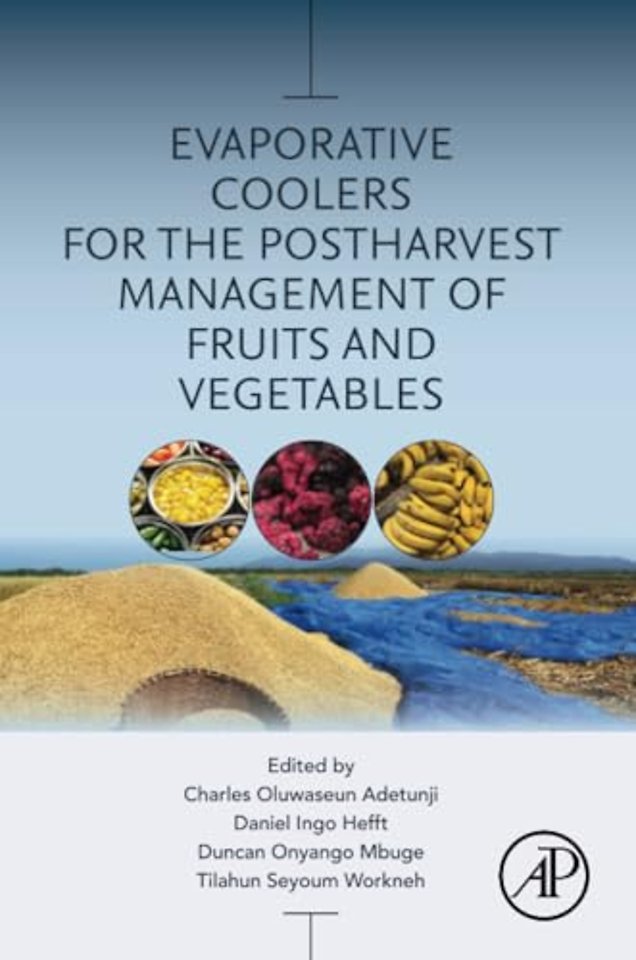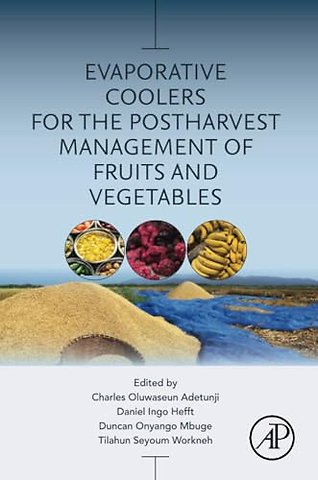THEME 1: Fruit, Vegetables and Shelf Life and Health <br>1. Key contributors to postharvest losses and the scale of the problem <br>2. Geographical and climatic limitations for the implementation of evaporative coolers for the storage of postharvest produce <br>3. Influence of Evaporative coolant structure on the post-harvest attributes of Climacteric fruits <br>4. Influence of Evaporative coolant structure on post-harvest attributes on non-climacteric fruits <br>5. Effect of Evaporative coolant structure towards the reduction of ripening stages in fruits and vegetable <br>6. Advances in Evaporative Cooling Applications in Fruit and Vegetables Short Term Cooling at Postharvest Stage<br>7. Health benefits such as nutraceutical and functional benefits derived from fruits and vegetable stored using Evaporative coolant structure <br>8. Application of edible coatings in Porous Evaporative Cooling <br>9. Edible coating materials and health implications after storage in evaporative coolant structure <br>10. Post-harvest management of Aflatoxin in Fruits and vegetables <br>11. Synergetic effect of edible coatings from natural materials on the shelf-life extension of fruits and vegetables <br>12. Effect of Evaporative coolant structure on chemical, bio-chemical and physiological changes of fruits and vegetables <br>13. Effect of Evaporative coolant structure on the sensory attributes and consumers acceptability of fruits and vegetables <br>14. Effect of Evaporative coolant structure in reducing spoilage Microorganisms <br>15. Extensive farmers’ awareness on edible coatings and other dissemination measures; and public awareness and other dissemination measures<br>16. The Effect of Evaporative coolant structure on Ornamental Plants <br>17. The Effect of Evaporative coolant structure on Tropical and Subtropical Fruit and Nuts<br>18. Effect of Evaporative coolant structure as a storage technique for preservation of fresh produce/horticulture for Human Health <br>19. Effect of Evaporative coolant structure for Roots and Tubers <br>20. Case study on a community relying on evaporative cooling

